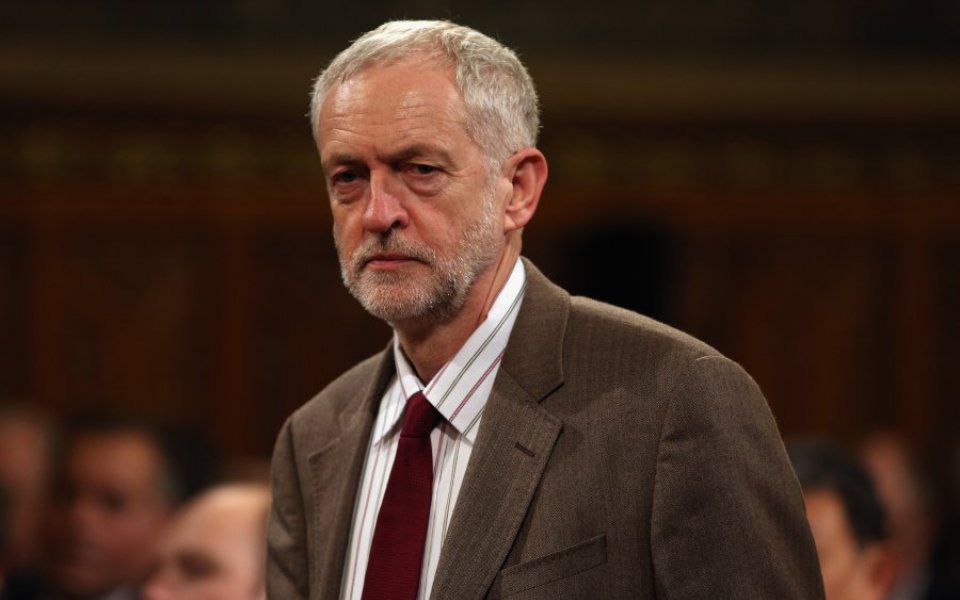Tax gap falls to record-low, revealing the failings of Corbynomics, claims secretary to the Treasury David Gauke

The UK's tax gap has fallen to an all-time low, prompting Labour's critics to ramp up their arguments against Corbynomics.
Figures released today by HMRC reveal the tax gap – the difference between the amount of tax that should be collected against what is actually collected – in 2013/14 fell to a record low of 6.4 per cent of tax due, estimated at £34bn.

Source: HMRC
This is less than a third of the amount estimated by Jeremy Corbyn's economic guru Richard Murphy, who previously claimed a clampdown on tax avoidance and evasion could boost the UK's economy by £119bn.
Read more: HMRC pays out its highest ever amount to tax whistleblowers
David Gauke, financial secretary to the Treasury, said: “Today’s figures are a further blow to the Labour Party. Labour have built their economic policy on estimates that today’s figures prove are massively wide of the mark."
“The UK has one of the lowest published tax gaps in the world, and this government is determined to continue fighting evasion and avoidance wherever it occurs. If the tax gap percentage had stayed at its 2009-10 value of 7.3 per cent, £14.5bn less tax would have been collected.”
Read more: How should taxes be spent? Imagine a world where you decide
But Murphy has hit back at HMRC’s figures, saying: "HMRC's tax gap data is not a victory for the government unless misstating data is now the basis on which victory can be claimed. The Bank of England recently admitted that the UK shadow economy on which tax is not paid exceeds 10 per cent of GDP, which would be low by international standards."
"I have shown that HMRC's data implies a shadow economy of just three per cent of GDP, which is unknown internationally. Either the HMRC data is wrong or the Bank of England is wrong. In fact since HMRC admit that the tax gap us 11 per cent for VAT, the evidence that the shadow economy is as the Bank of England suggest is compelling. The chance that the rest of the tax gap data published today is any more reliable than a tax evader's tax return us very low indeed."
“The doubters now have to prove their case. As does HMRC."
Jane McCormick, senior tax partner for KPMG UK, agreed that while some critics of the system estimated that the tax gap was larger than official figures painted, the focus must be on the sum that was realistic to obtain under current rules.
It’s important to note that the tax gap is the difference between what is actually collected and what is due under the prevailing legislation, not what could be collected if policies and rules were changed.
Frank Haskew, head of tax faculty at the Institute of Chartered Accountants, said while there was only a “modest” reduction in the figures, HMRC is “making steady progress in reducing the relative size of the tax gap".
Given the substantial reduction in staff and budget over the years, HMRC deserves credit for making this progress and we believe that with additional resources the ‘tax gap’ could be made even smaller.